|
I am sure you will know what I mean when I say that decisions can sometimes cause big storms in one’s life. Koos and I put our house in Illinois on the market in late August and had it sold 2 weeks later. In these economic times that is almost unheard of, so when it happened, the storm was on and it came like a tsunami down on us. We had to move out of the house in less than 2 weeks, because the initial closing date actually happened on time and was not delayed like it so often times happen. Three truckloads further and Koos and I find ourselves back in the first house we bought in Saltillo Mississippi and that was rented out while we were in Illinois. Now we have to make it home again and my studio needs a serious revamp after termites got hold of it. Example of pottery from my factory.In 1987 we made a similar move, except that our children were small and I was just past the beginners’ phase of my pottery career. The University of Pretoria recruited Koos to work for them. We were sad to leave beautiful Malelane behind, but we realized that there were several advantages in moving to Pretoria. We were young and today we know the grass always seems to be greener on the other side. I started teaching pottery classes again, but also took the opportunity to attend pottery workshops. It was great to enroll in a pottery class as a student and learn from masters in the field. Every artist dreams of the day that he or she will make it big, so I was happy that I could sell more pottery. At this stage I did not consider myself as an artist. I was good at teaching and I was good at making pottery. I even got to the point where I started to understand the chemistry of ceramics and could make my first glazes. One of the things that is often overlooked by artists and which should be addressed more often in college courses, is the art of business and how to work yourself gradually to a place where you can earn an income without allowing that the business to consume your whole life . I was completely ignorant in that field and the perfect candidate to fall into a trap. My first series of pots were unloaded from my kiln one day and I was very excited about it. When I had an opportunity to show my work at a big show, I got an order within 3 days that was bigger than I could handle. I was totally freaked out, but instead of working my way through the situation, I turned my attention to buy a factory. All signs indicated that I should not buy the factory, but at the time I was too close to the problem to think clearly and after one year, a crooked partner and lots of heartache I was back home with just my one wheel and small kiln. In looking back at the situation, I learned a lot; not only about business, but also about managing the 20 people I had working for me at the time. I learned how to plan and schedule the production of hundreds of pots per day, sometimes jumping in and working side by side with my employees. The hardest, but maybe the best lesson that I learned was that I loved pottery and not wanted to be a manager of potters. The aftermath of the factory was difficult. I had a lot of self-doubt. My children, still very young at the time suffered with me and my husband were stressed out to his core. He co-signed for the factory and lost everything because of my crooked partner. With a very demanding job, it was not good for him to worry about me and the children. As with all things, life went on and soon we were back on our feet. I restarted my teaching studio and our lifes resumed as if nothing happened. I became a very successful teacher and not only did I write my first articles for a newspaper, but soon thereafter I won my first pottery award. As a family we were content and happy. At the time the winds of change were already blowing viciously over our beloved South Africa. Nelson Mandela was the new president and although everything seemed to be peaceful, thousands of professional people started to leave the country; either because they lost their jobs or because of fear that they will lose their job. Little did we know at the time, that we would soon follow in many other's footsteps. We just had to make a little detour through Namaqualand and Cape Town, before we would, in 1999 also find our way to the United States. Business tips for pottery
The online workshop "AMAL": All artists makes a living by Curtis Benzle is available on TeachinArt Comments from my former websiteElizabeth Hoffmann
1/21/2014 12:16:36 am Great inspiration Reply Antoinette 1/22/2014 11:53:28 am Thank you Elizabeth. What do you do? Reply Using Ceramicslink 3/18/2014 12:24:31 am Great post! Been reading a lot about this kind of work recently. Thanks for the info!
4 Comments
Malelane was paradise. Our children were young preschoolers; in fact Tinyke was a 9 month old baby when we moved there. Koos was working at the sugar mill, a booming new industry for a region that previously relied on vegetables for their daily bread. I was raised in Namibia, where we only saw flowing rivers when it rained in the Khomas Hochland Mountain, just so that it will run down in a few hours into dry sand beds? So in comparison, Malelane was a true paradise. It was a luxury to see the Crocodile River constantly running. Drought was not uncommon in this region, but the vegetation was lusciously green after the mostly grayish green landscapes where I grew up. Bougainvillea became trees in comparison with the ones growing in Namibia and I never saw bigger banana leaves than the ones that grew in plantations next to the roads. There were crocodiles and hippopotamus in the river and if you watched closely, you could see elephants or buffalo on the other side of the river in the Kruger National Park. Our favorite leisure time was on Sunday afternoons when we took the children to see animals in and around the river. My biggest challenge at the time was to get the papayas off the trees in my garden, before the monkeys get it! A papaya showing the slightest hint of yellow was a monkey’s delicacy and they would grab it and then tease me from a distance while they consume it! It was a beautiful remote little town, where everybody knew each other and helped raise each other’s children, but it was also a place where we had limited enrichment and adult educational opportunities. The result was that the woman of the town took it upon themselves to do exciting and stimulating projects. So it happened that I became the regional potter. My first 3 students were housewives from the community. They had to pay their class fees of R30 (the equivalent of about $1.73 in today’s terms) upfront so that I could buy our first clay. I became the one-eyed king in the land of the blind and I never dreamed that those first pottery lessons would lead to a passion of a lifetime. My pottery career officially took off. Have you ever noticed how potters transfer images on clay, either by scratching through the surface or by painting on the clay surfaces? As a young potter, the marks that I put on my clay had no particular meaning; at least that was what I was thinking at the time. It was just pure joy to cut and carve and smear and pinch and roll the clay, a willing material that forms and shape in whatever direction it was pinched and pushed. When I think back, I recall unfinished bottoms and sloppy pots, often times with underdeveloped forms. We did try to smooth it off, but it took several years, before I got the knowledge to finish my work properly. I learned that clay needed to rest and become ready for the next preparation phase with hard lessons. Even though I could see that there were mistakes, I did not have the knowledge to solve it. Pots were thick and it stayed thick! The local library had a few books about pottery and we utilized them as much we could, but the information was scarce and very unsatisfactory and all the information we got were always about the making process, but never about finishing the final product before it goes in the bisque kiln. During this time we made pots and all kind of objects; from pinching, to coiling to slab built pottery that the clay allowed us to do, never thinking that once we have it fired, it basically would be set in stone, carrying naive finger and cutting marks ; objects that carried the evidence of a small community of potters to be. It took me five months before I had my first kiln. Someone advertised a kiln for R400 (about $23.11 in current terms) in Nelspruit, a neighboring town. It was time for my next lesson and it was here that my husband showed his weight in gold regarding my pottery adventures. The kiln was a flimsy old top loader, with broken elements and only two settings: on and off. With the help of technicians, Koos hand coiled elements and before long we had a kiln going! By then I collected enough class fees to buy our first glazes. Not knowing better, I ordered 12 different one kilogram (2.2 lb.) glazes to dip our pots in. Of cause it did not work too well (our pots were too big to dip and we did not know of any other way, so we poured the glaze. We managed though and before long we had our kiln firing. Our first pots were made and we were very proud of ourselves. As I improved, curiosity sometimes got the best of me and I opened a kiln way too soon, just to end up seeing pots cracking in two right in front of my eyes. Today I know much better; I teach pottery and porcelain workshops. One of these classes is an online workshop in which I teach potters how to improve their glazes, store bought or self made and how to fire a porcelain kiln successfully. It took me years to learn and understand that pottery carried a history that stretched far beyond my imagination. I never realized the importance of clay for anthropological research. If my first studio would have been an archaeological site, they will probably find shards, telling interesting stories of us few women that had so much fun in our garage studio and maybe they would find the first signs of the birth of my passion for clay. It became a lifelong love affair, one that I never would have managed, was it not for my dear husband and his patience with me. (oh he still did not eat his hat as he said he would do if I become a potter!) I mentioned anthropologists. They are very interested in clay objects. Did you know that shards can tell us about ancient technology and human behavior? Since clay is preserved by fire, it carries footprints and cultural evidence that cannot easily be distinguished. I came across this you tube video that explains how they translate images and marks from clay into historical facts: The presenter has a lively way in which he explains the importance of pottery shards to read ancient history. I also found this beautiful website with information about the Ancestral Pueblo cultures found in the regions where Arizona, New Mexico, Utah and Colorado meets, known as “The Four Corner area” It is believed that the Pueblo people descended from nomadic living styles and gathered here some 12 thousand years ago. Their pottery has a significant influence on American pottery; to this day. I was not fortunate enough to learn about clay through generational inheritance, as the ancient people probably did. I did not even know at first that clay is earth and it was a big "aha" moment for me when I realized that clay in a kiln and rocks forming from lava has strong similarities. When I decided I have to start teaching pottery, I never thought that I started on a path in which I created footprints that may have some permanence. Having that knowledge now, puts an obligation on me to make sure that any piece I fire, not just holds beauty in its core, but also an intelligence of good craftsmanship and expressional value to last for millenniums to come. I partook in one of America’s most prestigious shows (American Craft Expo). Was it not that I still have so much to learn, I might have thought that I finally came full circle, but after almost 40 years I can say, I know what I still don’t know…….at least I think I can guess……
Raised with art around me.I was raised in an ordinary house with extraordinary parents. My dad was a policeman, an ambulance driver and a handy man; in my little eyes the best and biggest man out there. He loved music and had a beautiful voice himself. Everyone always asked him to sing and his favorite was “O Solo Mio”. There was sweetness in his voice, the same sweetness that Mario Lanza was known for. My mom made the best food and clothes and she had a musical sound in her laugh that was infectious. I recall people talking about her artwork and her stories that she wrote and I remember she was the best story teller and the best painting artist that I knew. Through my parents eyes and ears I learned to appreciate Michael Angelo (we had a thick book about his life and career on our coffee table) and Tchaikovsky. I was an all-rounder in school. A little sport, a little singing and recitation, writing and whatever a young girl could do to impress teachers and peers. I even tried to paint, but failure convinced me that painting was not my forte! I was already married when my husband and I were passing a gallery one day. I saw beautiful stone – like objects through the window and it drew me like a magnet pass the door. After a conversation with the gallery owner, I found out it was called pottery. At the time I knew nothing about clay; not where it came from, not how it gets hardened by heat and where the shiny glassy layer came from. At the time I never imagined in my wildest dream that ceramics would become my life long career, that I will still be learning about pottery 40 years later, teaching porcelain and pottery and exhibit my work in galleries and museums around the globe. For a time after my gallery education, I traded cheap slip cast ornamental objects from hawkers that wondered our streets in search of old clothes and household items. I was so ignorant about clay, that the molded and copper painted horse Plaster of Paris sculpture that hung on my wall for a long time, became my biggest treasure! It took another year or so before I had my first pottery class in Evander South Africa. My first pottery lessons.During those first 6 months of my career in 1981 when I learned the very first steps in making pottery, I never learned to take clay beyond the forming process. I never learned finish the clay correctly and anything about glazing and firing clay. I did however learned that clay shrinks about 25 % (which is not always true), so when I made my first pencil holder, I made holes the size of broomsticks – they were supposed to shrink, right! The teacher was not too eager to teach me, so my first ashtray (my husband and I were not a smokers, but it was still the fashion of the day) was so heavy and unfinished, I could kill a deer with it. I had to stop throwing on the wheel when I got pregnant with Linkie. My pots were so drunk and I was so sick, the two just did not go along with each other. It was then that my dear husband told me that he will eat his hat if I ever become a potter! It would take me another 2 years before my career took off… How did pottery begin : A little speculation in Pottery historyFragments of ancient pottery were found in southern China that is estimated to date as far back as 20,000 years ago. Clay was used for housing for thousands of years, but the first signs of using it for water and food, dates back to about 10 000 years. It is said that in prehistoric times, clay (which is earth that has a plastic workable quality) was originally roughly shaped and used unfired to hide food from predators. People then soon discovered that water last a little longer in a mud container and that food stayed fresher in a clay hive. It is been said that someone dropped a clay object in a fire one day and it came out hardened. The first pottery was created. What to expect from your first pottery classes.I often hear potters telling me that they are not sure if their teacher provide in their needs as far as instruction goes.
It is true that some instructors are more interested in the income or the opportunity to use the facilities that is available. There are also instructors that are simply just not qualified. Here are a few things that beginner pottery students can ask / observe from their instructor before signing up for a class to see if the class may serve them.
|
Blog
Categories
All
|

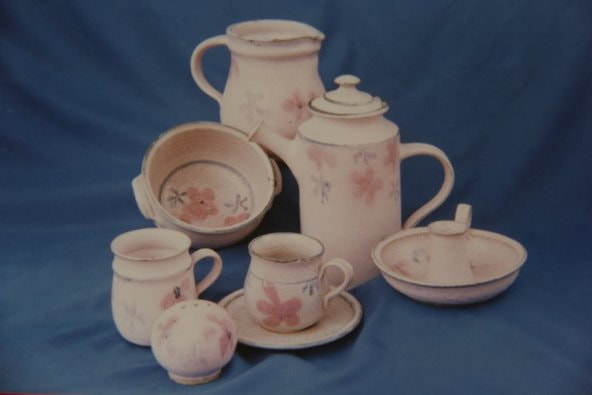

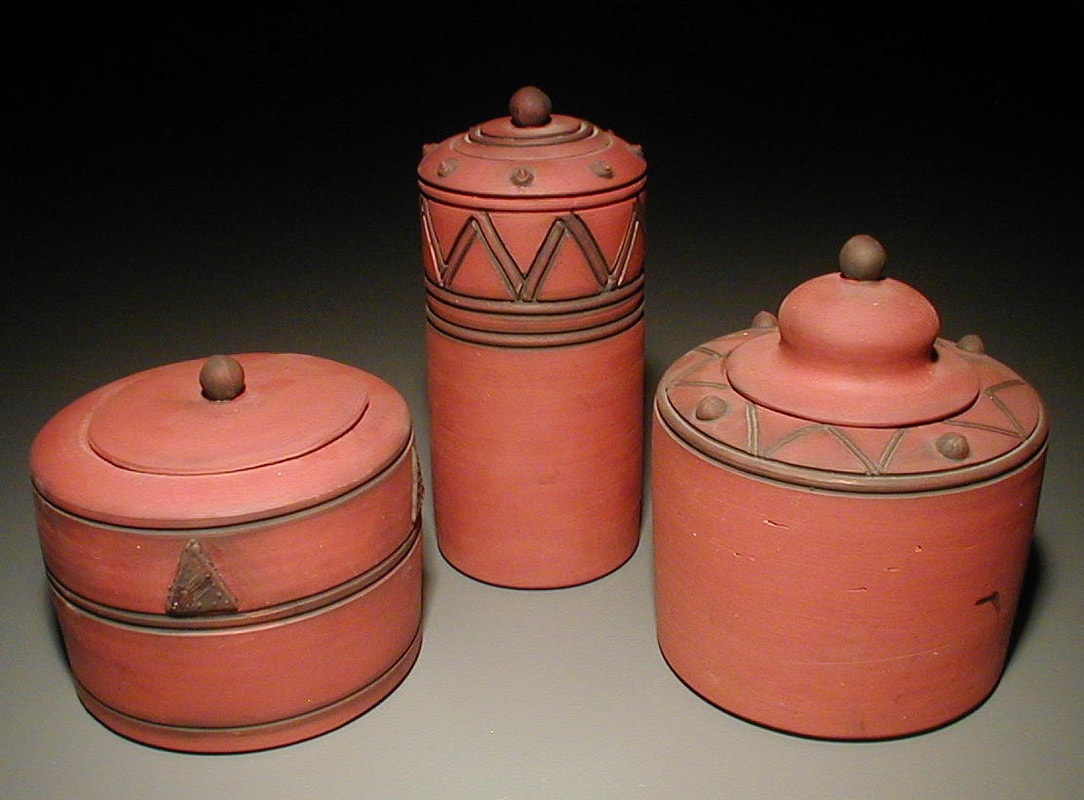
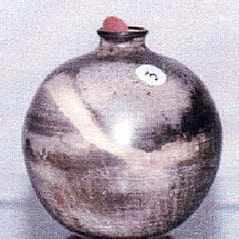
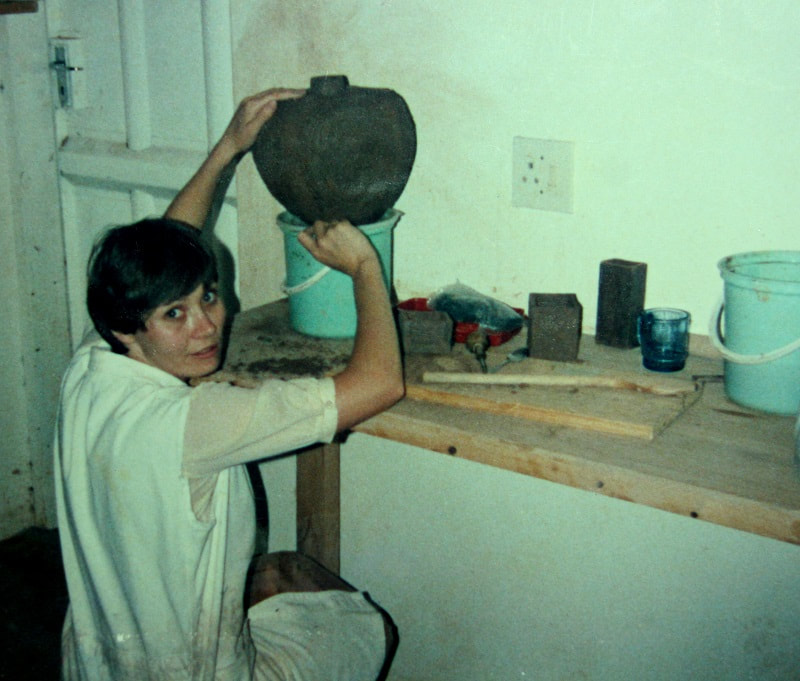
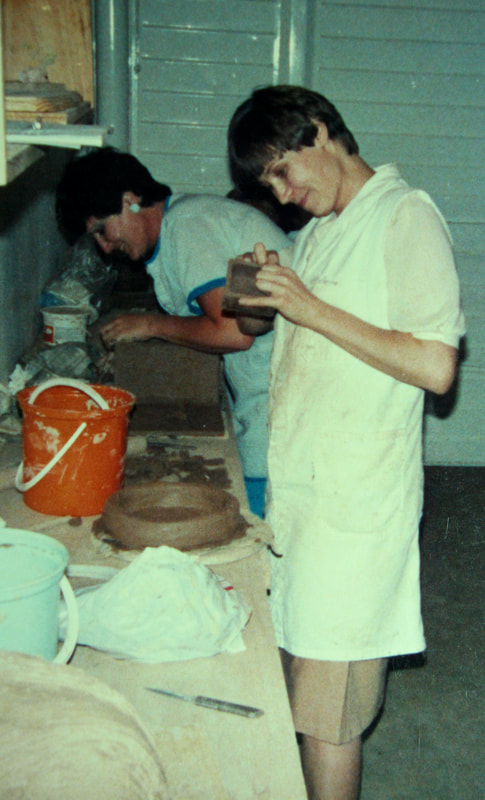
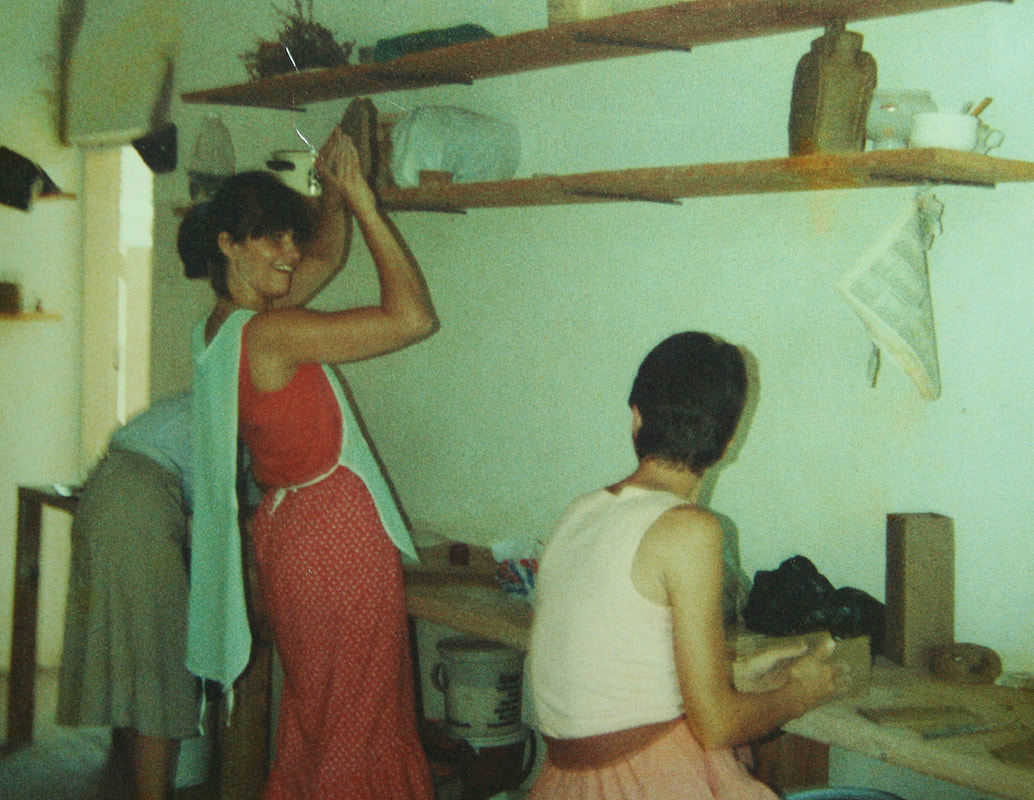
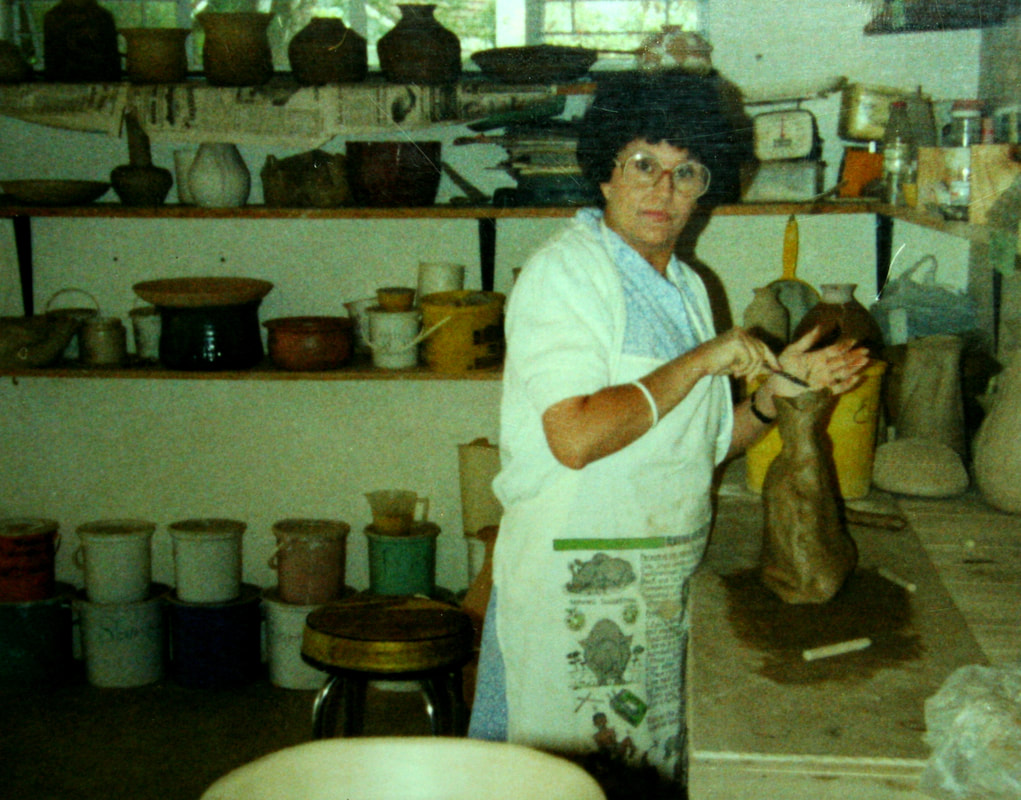
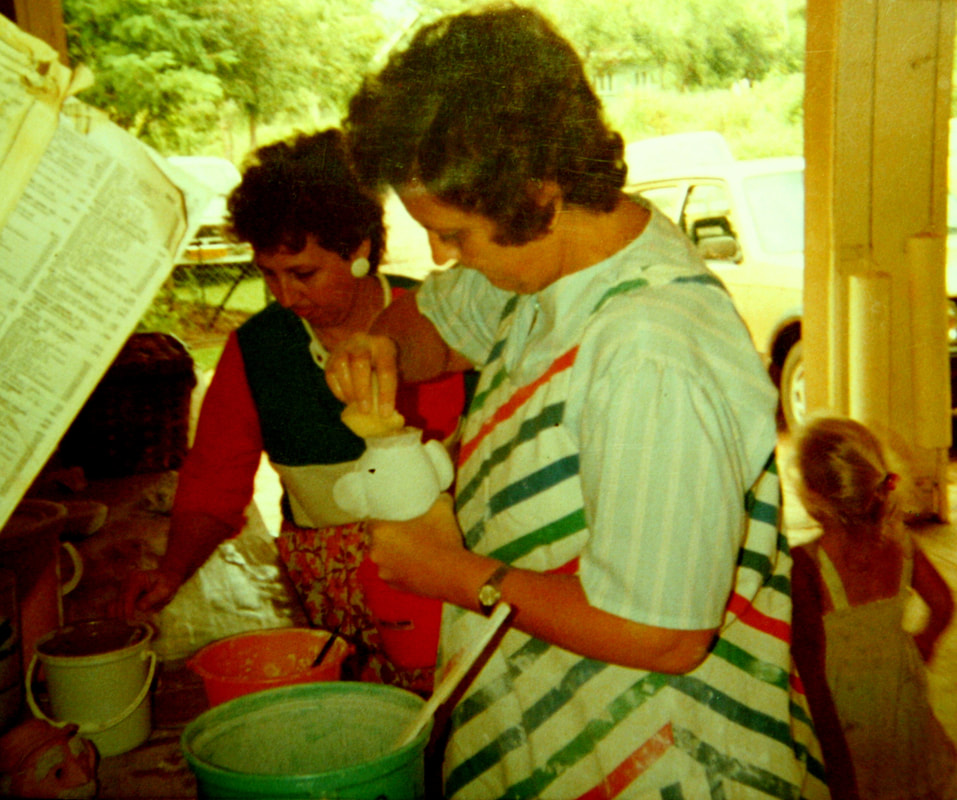
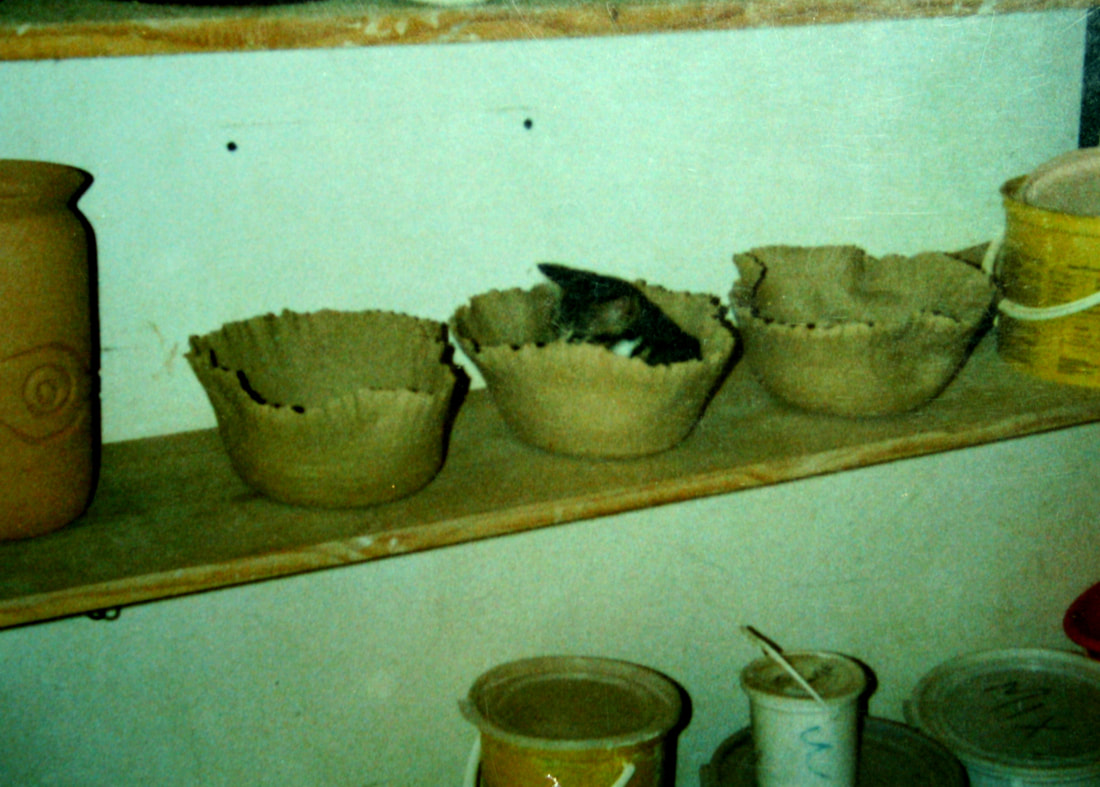

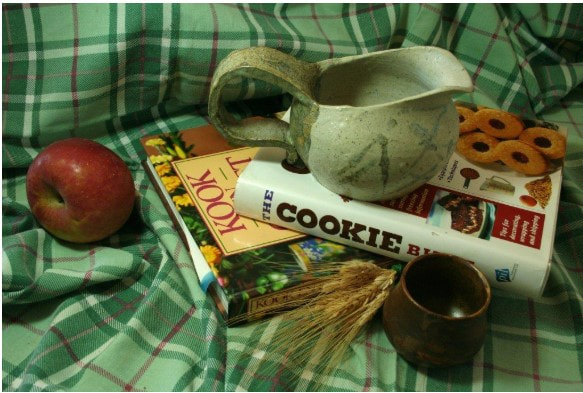
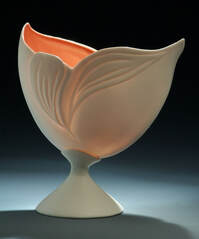
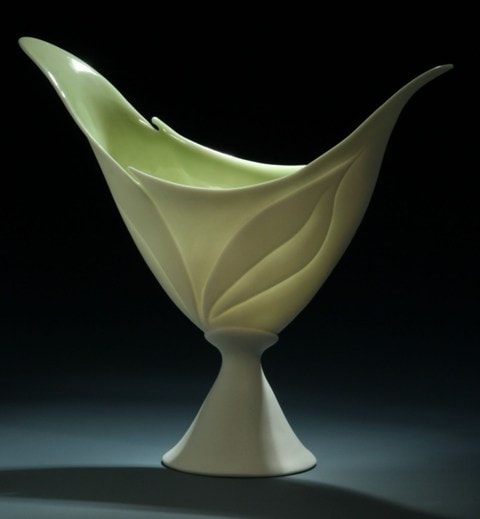
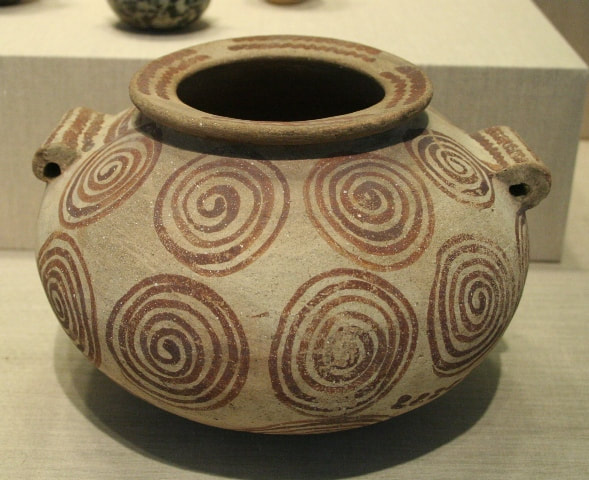
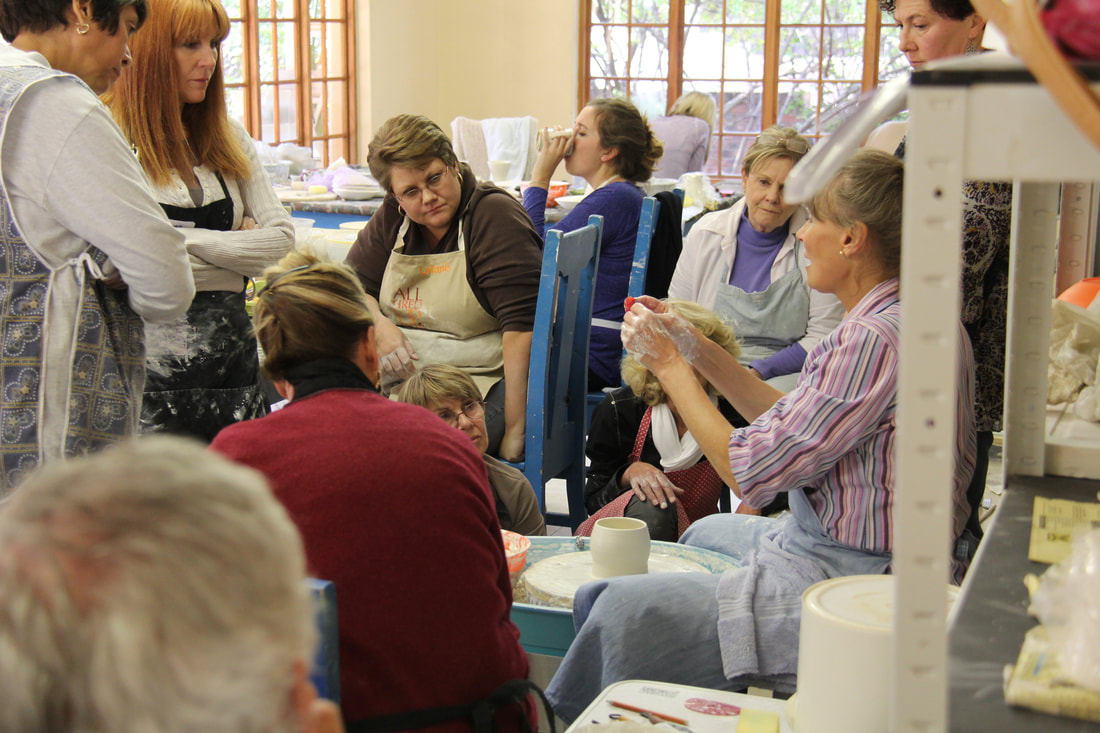
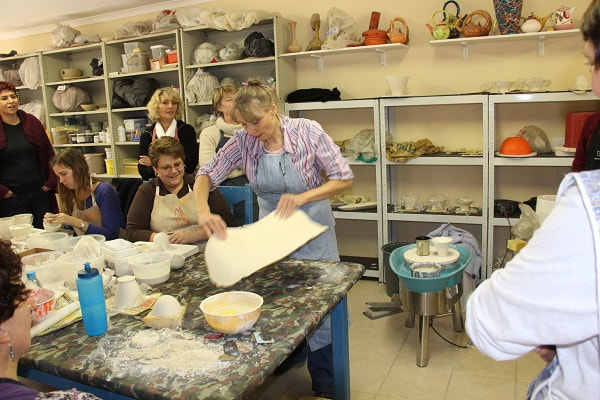
 RSS Feed
RSS Feed